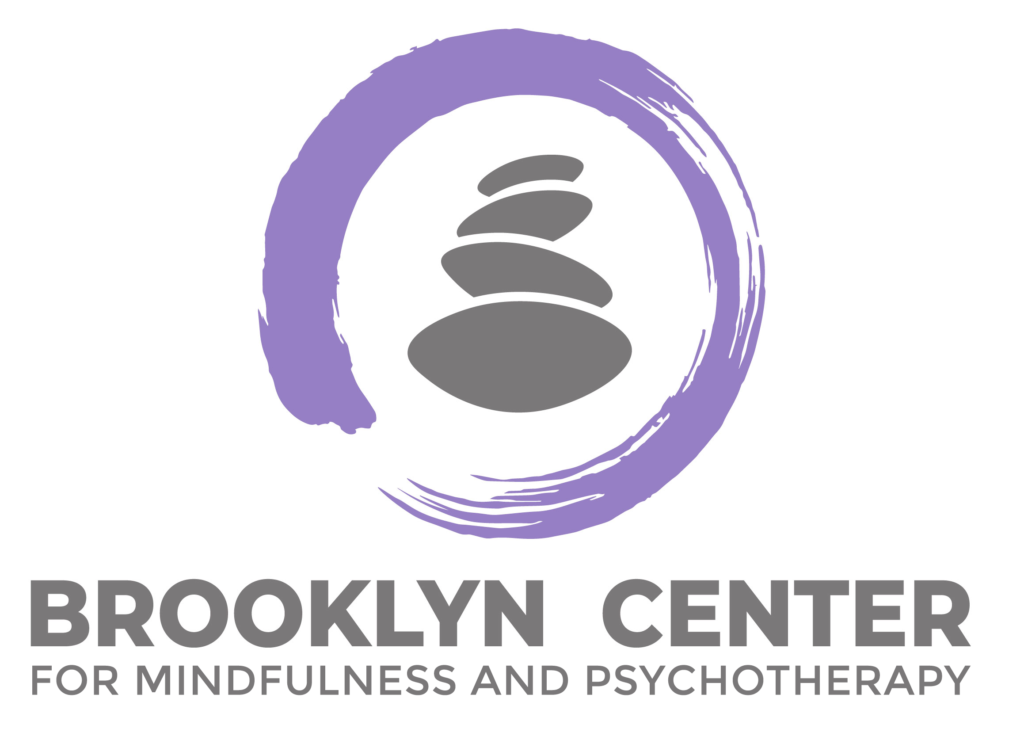Introduction
September marks the start of a new school year, which can bring excitement but also significant anxiety. For families living with OCD or anxiety disorders, transitions can be especially overwhelming. New teachers, changing routines, and academic pressures often amplify worries or compulsions. In this blog, we’ll explore practical ways parents can support children — and themselves — during this season using evidence-based strategies like Exposure and Response Prevention (ERP) and Acceptance and Commitment Therapy (ACT).
The Back-to-School Stress Spike
Many parents notice a sudden spike in their child’s anxiety symptoms in September. Common challenges include:
- School refusal or morning meltdowns.
- Worries about friendships, teachers, or performance.
- Rituals around homework, cleanliness, or clothing.
- Perfectionism and fear of making mistakes.
Recognizing these as signs of anxiety or OCD can help families respond with empathy instead of frustration.
Why Transitions Are Hard for Kids with Anxiety and OCD
Children with OCD thrive on predictability. School transitions disrupt their sense of control, leading to compulsions or avoidance behaviors. Even positive changes, like starting a new activity, can feel overwhelming. Parents who understand this dynamic can better support gradual exposure and healthy coping rather than reinforcing rituals.
Practical Strategies for Parents
- Validate Their Feelings
Start with empathy: “It makes sense that starting school feels hard.” Validation lowers defensiveness and builds trust, which is essential for ERP to work. - Use ERP Techniques at Home
Exposure and Response Prevention helps children face fears without relying on compulsions. For example:- If a child fears germs on school supplies, parents can practice touching the backpack without washing their hands immediately.
- If a child struggles with perfectionism, encourage them to intentionally make a “small mistake” on homework and tolerate the discomfort.
- Apply ACT Principles
Acceptance and Commitment Therapy encourages kids to notice anxious thoughts without obeying them. Parents can teach their children to say, “I’m having the thought that I can’t go to school” instead of “I can’t go.” This creates distance and allows for more flexible action. - Build Predictable Routines
Kids thrive when they know what to expect. Create a visual schedule for mornings and after school to reduce decision fatigue and anxiety triggers. - Model Calm Behavior
Children mirror their parents’ responses. Practicing mindfulness or deep breathing before school can help everyone start the day more centered.
When to Seek Professional Help
If back-to-school anxiety leads to frequent absences, intense rituals, or family conflict, professional support may be needed. ERP therapy, especially when combined with ACT, is highly effective for OCD and anxiety. Therapists can coach parents in how to support exposures at home.
Final Thoughts
The back-to-school transition is stressful for many families, but with compassion, structure, and effective strategies, kids with anxiety and OCD can thrive. By practicing ERP, applying ACT principles, and modeling calm behavior, parents set the stage for resilience — not just in September, but all year long.



